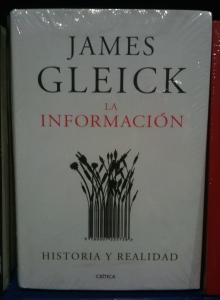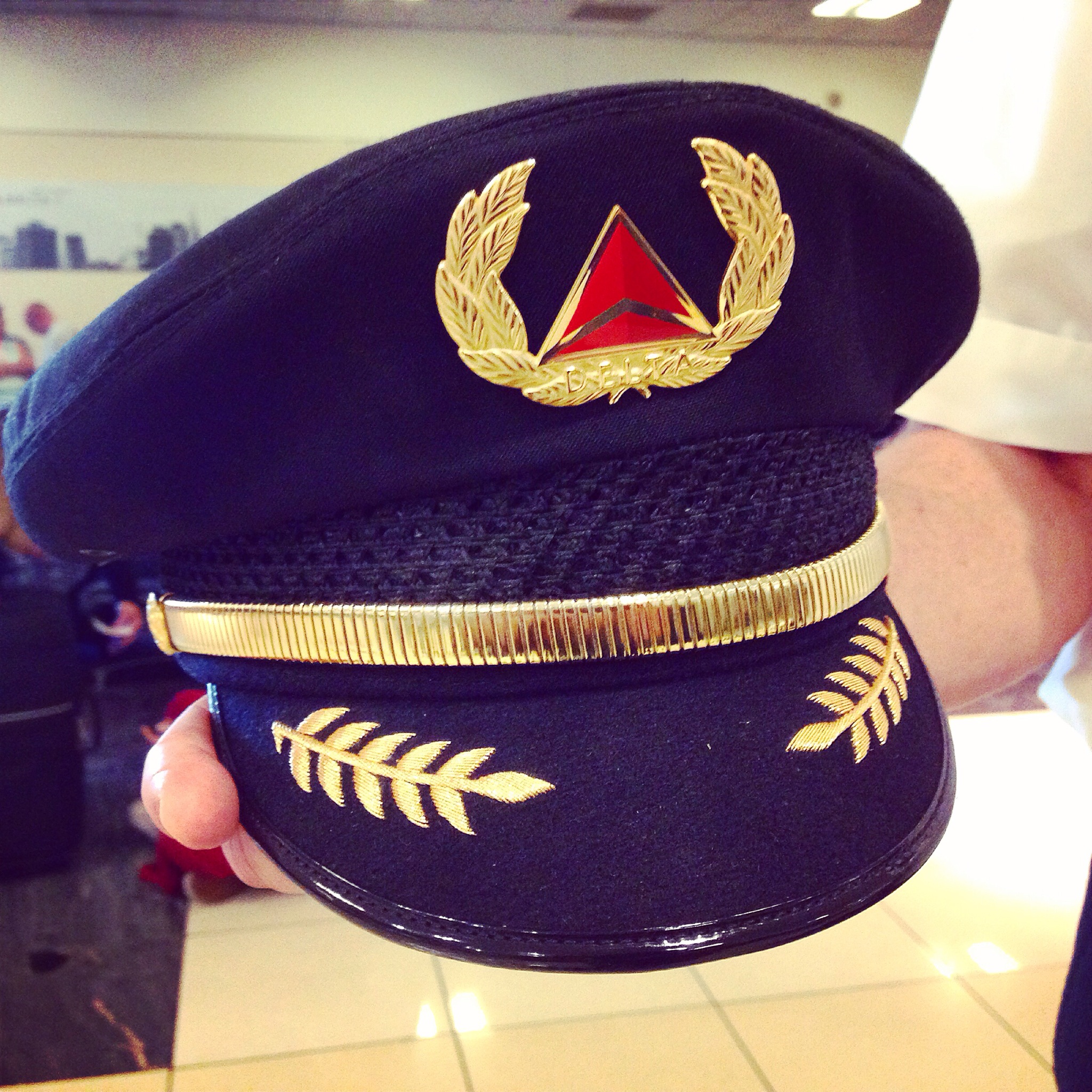Here’s the Storify of the NASW panel I moderated at this month’s conference!
Month: October 2014
Monday’s Internal Conflict
I don’t want to move back.
I can’t imagine life in Washington, D.C.
I can’t wrap my head around Sunday evenings spent discovering the aisles of Trader Joe’s.
I’ll talk breweries and ladder climbing and the Nats—declaring love, withholding details.
I’ll juggle adjectives @DeskJob because foodmedicalhousing isn’t affordable in los grandes Estados Unidos.
I don’t want things to be so simple.
Please escort me to the nearest challenge.
Shooting From the Hip: A Post About Diversity
I’m 5 feet and 7 inches tall.
It’s a pretty standard height in the U.S. Maybe a little on the lofty side, but certainly nothing to brag about. And, unfortunately, my growth spurt hit later in life so those numbers weren’t much use as a kid pining after coveted roller coaster rides.
But, now, as a journalist, I have to pay attention to these otherwise insignificant measurements. I am constantly shooting photos from a 5’5″ perspective (dang, my forehead is really 2 inches?!). I’ve gotten some good shots from this perspective, but that’s the problem—it’s only one perspective.
In order to truly see the world, you have to look at it from all angles. I recognize the flaw in my work and try to compensate as best I can. It’s not uncommon to see me scaling a tree, twisting into odd contortions and dropping down onto the floor. Lately, I’ve been walking around and shooting from the hip just to see what happens (see the photo above!).
It’s a start, but if I really wanted to get better at my craft, I’d carry around a step stool and scope out the scene a few days beforehand.
Of course, perspectives go far deeper than camera angles.
We need to include more diverse perspectives in all aspects of news—especially in my field, science journalism. The National Association of Science Writers (NASW) has an obvious diversity problem. We’re a very Caucasian group, and this means we’re missing out on a LOT of valuable input and ideas.
So how do we fix the issue? It’s going to take a lot more than a step stool.
I attended a panel at the NASW conference this weekend that offered some great solutions, which are important for every newsroom—not just us science peeps. Here were the panel’s three, main takeaways:
- Go out of your way to get opinions from a diverse group of people. And, remember, diversity isn’t just ethnicity. Diversity is also socioeconomic status, gender, age, national origin, sexual orientation, education, etc. etc. etc.
- Be an advocate for diversity. You were hired because you knew someone. Perhaps a friend recommended you. Maybe you met your future boss through Twitter. But, let’s face it, it’s not about what you know, it’s about who you know. If you see a job opening, it’s your responsibility to spread the word. Email the heads of NABJ, NAHJ, AAJA, etc. Contact journos who you’d think would make a good fit. A talented candidate shouldn’t get passed over just because they never found out about the gig!
- Pay attention to the smart people who are talking about diversity. Ignorance is an excuse, but it’s a really crappy one. Here are some awesome resources written by communicators whom I admire. Check out their thoughts:
Culture Dish: Promoting Diversity in Science Writing
Twitter List of Diverse Science Writers
Supporting Diversity in Science Writing
Diversifying Science Journalism
Storify: The Diversity Conversation
The information about (not) buying La Información
Browsing through a local chain bookstore, I found one of my favorite pieces of non-fiction: The Information by James Gleick.

Although I already own hardcover and Kindle editions in English, I contemplated purchasing the Spanish-language edition. The cover’s simple yet clever design and elegant typography drew me. I’m a sucker for a good cover, especially on a book I’ve re-read portions of multiple times.
I also heaped its praise on to a friend browsing along with me. He sounded interested. Then we checked the price: s./140.
That’s $48. Oof.
I know many books — especially by U.S. authors that have been translated and nicely produced like this copy — are pricey here, but for a no-so-obscure book (maybe I’m wrong on that one) it seemed weird. This wasn’t some limited-run, small academic publishing house tome.
The chain’s page for the book listed it at s./130 ($45).
Ok.
I then went to the publisher’s site, but couldn’t find it. Seeing other books there priced in euros, I remembered the store copy also included the price in euros (I think it was €29.90, or about $38) on the back cover. The price in soles was on a sticker.
Digging a little further into the publisher’s site, I saw their address listed as Barcelona.
A-ha! The book must have been imported from Spain. That would help explain the price.
For a country with such a notable pirated book problem, why don’t bookstores don’t try to price their books more competitively?
A 2005 report commissioned by the Cámara Peruana del Libro (CPL), a national consortium of publishing houses, distributors and booksellers, came to even more alarming conclusions: pirates were employing more people than formal publishers and booksellers, and their combined economic impact was estimated to be 52 million US dollars – or roughly equivalent to one hundred per cent of the legal industry’s total earnings. [source: Granta]
Also, with so much book piracy, how the heck are there even so many legit bookstores in the first place? They must be profitable or supported another way. Maybe it’s just that those who can afford to buy legit books do — and do so enough to keep so many bookstores in business.
If only there were a freelance journalist based in Lima who could investigate (cough, Mollie, cough)…
The Pilot’s Food Stamps
My conversation with a pilot in the Atlanta airport:
Me: Is it difficult to remember the strings of letters and numbers that the air controllers throw at you?
Pilot: Ah, jeeze, not really. I mean, I’ve been flying since I was 15. That’s 22 years now. I guess you just learn after years of practice.
Me: Wow! Since you were 15? So you’re living the dream? That’s impressive. Not many people actualize their dreams.
Pilot: In the beginning, things were really rough. The pay is nothing. I had friends who were on food stamps.
Me: A pilot on food stamps?! That seems wrong.
Pilot: Times are tough. There’s just no money. And when you’re at the bottom of the totem pole you don’t make enough to live.
Why You Should Join NASW
I took a 15-hour Greyhound bus ride to my first NASW conference.
In just five hours I witnessed a shouting match, a fist fight and a prayer circle. When my seatmate leaned over and mischievously told me he was “running from the law,” I stopped keeping track of time and spent all my mental energy on willing the bus to go faster.
Now that I live in Lima, I’m trading my Greyhound ticket for a few plane rides. It’s a long trip to Columbus, but I can’t miss the NASW conference this weekend.
Over the years, the connections I’ve made through the conference have been invaluable. NASW members gave me the confidence to become a freelancer and provided me with the tools to succeed once I did. Free of charge, they’ve offered me advice on stories, shared sources and talked me through contract issues. I’ve been a member of several other organizations, but I’ve never been able to match the encouragement and support that NASW provides.
If you’re a science writer who’s interested in learning more about the organization and this awesome conference, get in touch! I’d love to chat: news@mbloudoff.com Also check out the hashtag: #sciwri14






